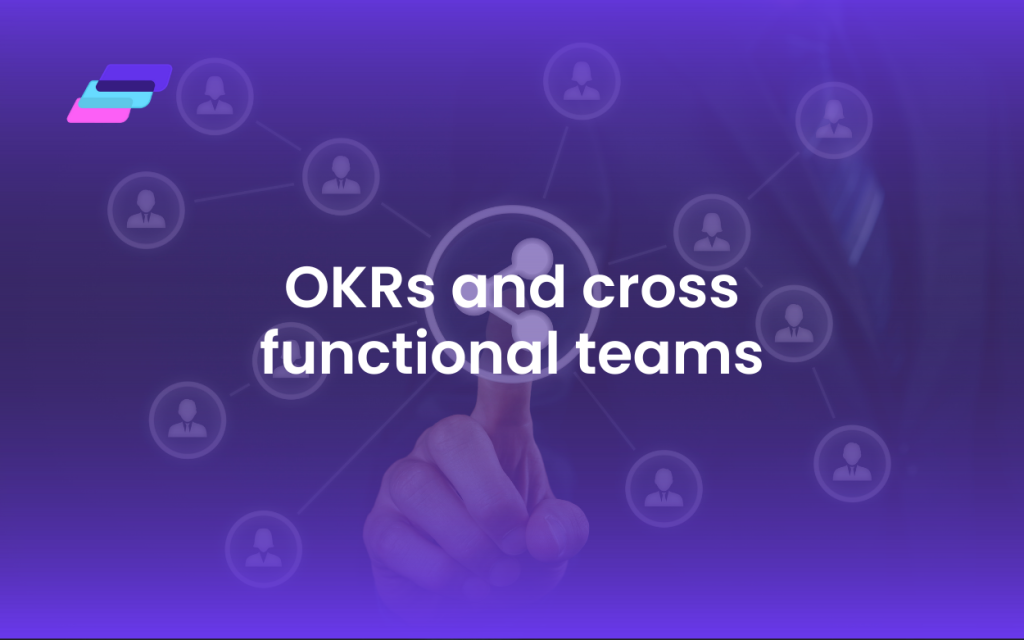OKRs and cross functional teams

After working with several implementations of OKRs I see a clear increase in effect, focus and results when companies transition from silo to more cross functional team structure in their OKR process. This approach helps align team members towards a common goal, encourages collaboration, and promotes accountability.
Cross-functional teams are composed of individuals from different departments or areas of expertise, working together towards a shared objective. These teams often face unique challenges, such as communication barriers, conflicting priorities, and differing perspectives. OKRs provide a structured framework that can help overcome these challenges and drive team success.
The first step in implementing OKRs with cross-functional teams is setting clear and ambitious objectives. Objectives should be inspiring, qualitative statements that define what the team wants to achieve and why. They should be ambitious enough to push the team outside their comfort zone, yet realistic enough to be attainable. For example, an objective for a cross-functional team working on a product launch could be:

Deliver a seamless and user-friendly product experience in order to increase user retention
Read @Jennifer Montague’s article on how they have reframed OKRs to better suit their goal management process: RIP OKRs: How we’ve rethought goal-setting
Once the objectives are defined, the next step is to establish key results. Key results are measurable and quantifiable outcomes that indicate progress towards the objective. They provide a clear and objective way to determine whether the team is on track to achieve their goals. For the product launch example, key results could include metrics such as
Increase user engagement by 20% within the first month
or
Achieve a customer satisfaction score of 4.5 out of 5
One of the key benefits of using OKRs with cross-functional teams is improved alignment and collaboration. By setting shared objectives and key results, team members from different departments can understand how their work contributes to the overall goal. This encourages collaboration and breaks down silos, as individuals are motivated to work together towards a common purpose. For example, the marketing team can align their campaigns with the product team’s objective of delivering a seamless product experience.
Another benefit of OKRs is increased accountability. With clearly defined objectives and measurable key results, team members can track their progress and take ownership of their work. This promotes a sense of responsibility and ensures that everyone is working towards the same goal. Regular check-ins and progress reviews help keep everyone on track and provide an opportunity to address any challenges or roadblocks that may arise.
OKRs also foster a culture of continuous improvement and learning. By setting ambitious objectives, teams are encouraged to think creatively and push boundaries. Even if they don’t achieve 100% of their key results, the focus is on progress and learning from the experience. This mindset encourages innovation and experimentation, as team members are empowered to take risks and learn from their failures.
Read the articles on how OKRs and KPIs work together:
A Dynamic Duo for Effective Business Management
So, Objectives & Key Results is an effective framework for cross-functional teams. By setting clear objectives, establishing measurable key results, and promoting collaboration and accountability, OKRs help align team members towards a common goal and drive success. The framework encourages a culture of continuous improvement and learning, ensuring that teams are constantly pushing boundaries and striving for excellence. If implemented correctly and with focus on adapting the framework to culture and business management, OKRs can transform cross-functional teams into high-performing units that consistently deliver results.
